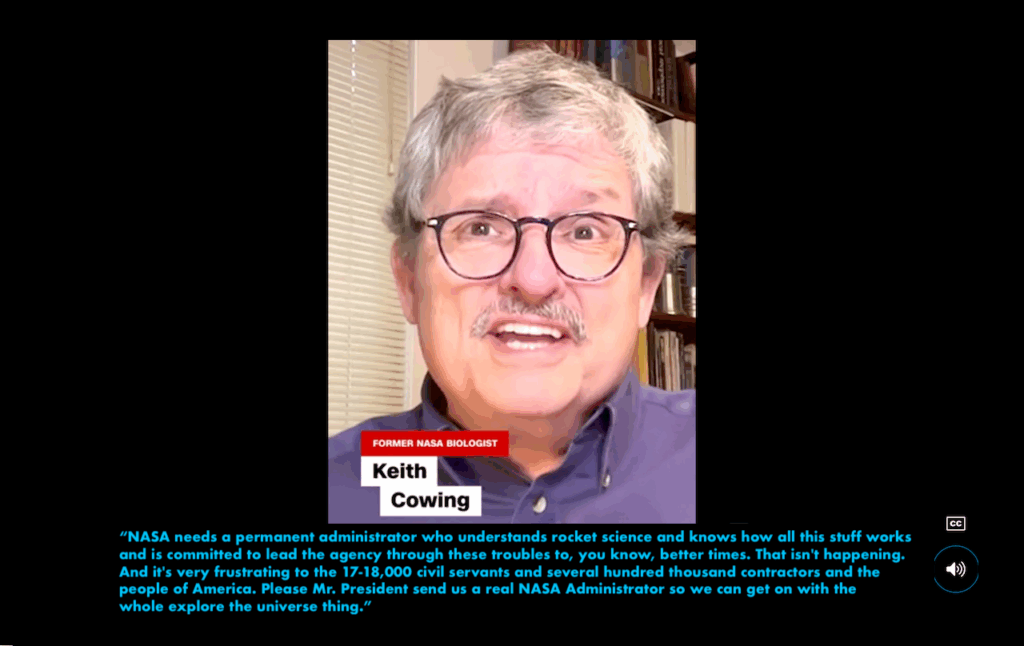Communicating Astrobiology And The Search For Life Elsewhere

This study examines the communication of astrobiology and the Search for Life Elsewhere (SLE) in academic papers, press releases, and news articles over three decades.
Through a quantitative content analysis, it investigates the prevalence of speculations and promises/expectations in these sources, aiming to understand how research results are portrayed and their potential impact on public perception and future research directions. Findings reveal that speculations and promises/expectations are more frequent in news articles and press releases compared to academic papers.
Speculations about conditions for life and the existence of life beyond Earth are common, particularly in news articles covering exoplanet research, while promises of life detection are rare. Press releases tend to emphasize the significance of research findings and the progress of the field.
Speculations and promises/expectations in news articles often occur without attribution to scientists and in quotes of authors of the studies, and slightly less so in quotes of outside experts. The study highlights the complex dynamics of science communication in astrobiology, where speculations and promises can generate public excitement and influence research funding, but also risk misrepresenting scientific uncertainty and creating unrealistic expectations.
It underscores the need for responsible communication practices that acknowledge the speculative dimension of the field while fostering public engagement and informed decision-making.
Communicating astrobiology and the search for life elsewhere: Speculations and promises of a developing scientific field in newspapers, press releases and papers, PLOS One (open access)
Astrobiology,








